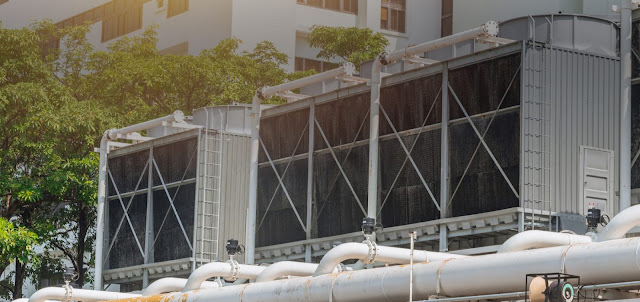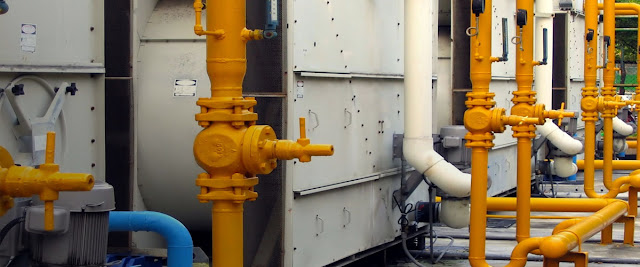Changes in the Cooling Tower Regulations - A Thorough Guide
A system that contains one or more cooling towers is referred to as a cooling tower system. The cooling tower system is used to circulate cool water, which is eventually used in air conditioning. The process of evaporative cooling takes place through the cooling tower that reduces the temperature of water. The cooled water is then piped through an interface having an air handling system. This allows the water to cool the air. After the air is cooled, the ventilation pipes deliver it into the building.
Managing cooling towers are extremely important for protecting public health. Poorly managed cooling tower systems could result in the ideal situation for growth and transmission of harmful legionella bacteria. This legionella bacteria are mostly present in indoors and mainly in your air conditioners due to the presence of dirty water. These bacteria could be extremely dangerous and its disease is known to cause a high fever, headache etc. Therefore, understanding the importance and need for prevention of legionella bacteria, NSW cooling tower regulations have been modified.
What regulations are changed?
The regulations of water-cooling systems are now risk management oriented. The changes in Victoria Laws have been a great influence on the government. Victoria has seen a decrease in legionnaire’s cases from 248 in 2000 to approximately 65 a year over the last decade.
NWS Health has changed the public health regulation 2012 laws in 2018. With this change, the cooling water systems must also comply with the public health act 2010. The laws have changed and modified keeping in mind the relevance of preventing legionellosis, which could be extremely dangerous for the public. The building occupiers are required to make sure that there are six key safeguards in place for their cooling water systems. These are -
Managing cooling towers are extremely important for protecting public health. Poorly managed cooling tower systems could result in the ideal situation for growth and transmission of harmful legionella bacteria. This legionella bacteria are mostly present in indoors and mainly in your air conditioners due to the presence of dirty water. These bacteria could be extremely dangerous and its disease is known to cause a high fever, headache etc. Therefore, understanding the importance and need for prevention of legionella bacteria, NSW cooling tower regulations have been modified.
What regulations are changed?
The regulations of water-cooling systems are now risk management oriented. The changes in Victoria Laws have been a great influence on the government. Victoria has seen a decrease in legionnaire’s cases from 248 in 2000 to approximately 65 a year over the last decade.
NWS Health has changed the public health regulation 2012 laws in 2018. With this change, the cooling water systems must also comply with the public health act 2010. The laws have changed and modified keeping in mind the relevance of preventing legionellosis, which could be extremely dangerous for the public. The building occupiers are required to make sure that there are six key safeguards in place for their cooling water systems. These are -
- RMP i.e. Risk Management Plan: Risk assessment of Legionella contamination should be included in every five years or more frequently if required. It would allow us to keep a check as and when the treatment is required.
- An independent auditing of the compliance with the Risk Management Plan and regulation every year to maintain the records simultaneously.
- Providing RMP certificates. The local government demands for submission of the RMP certificates on the completion of the audit.
- Regular testing and sampling for Legionella Regulations and heterotrophic colony count. This should be done on a monthly basis.
- Notifying reportable lab test results to the local government. The reports are expected to have legionella count less than or equal to thousand cfu/mL or hypertrophic colony count less than or equal to five millioncfu/mL.
These new NSW cooling tower regulations keep a constant eye on the condition of water-cooling systems. Since the requirement of air conditioners have increased over the past few years, the chances of transmission of the legion bacteria have also increased. The new regulations make sure that there is a continuous and frequent analysis of the conditions of cooling systems. A cooling system in good condition would discourage the generation of legionellosis disease. This Legionella Regulations initiative by the government is for the welfare of its people and the prevention of such harmful diseases caused due to continued water.



Comments
Post a Comment